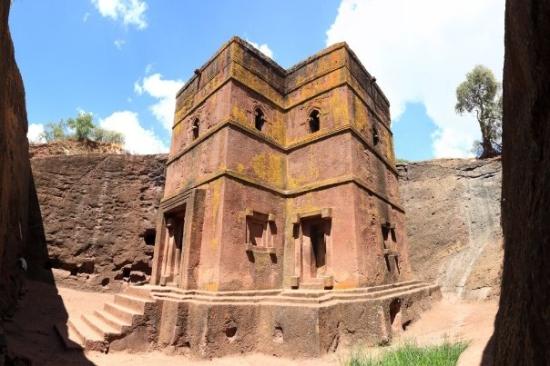It looks like you're using an Ad Blocker.
Please white-list or disable AboveTopSecret.com in your ad-blocking tool.
Thank you.
Some features of ATS will be disabled while you continue to use an ad-blocker.
5
share:

I saw a few old threads about these but they were nearly a decade old, so I thought to bring up the subject again.
It all starts with King Lalibela and his vision of a new Jerusalem. His dream of an equaly spiritual and architectural city as Jerusalem led to an astonishing complex of 11 hewn churches in the reddish volcanic scoria rock of Ethiopia. Thou the amount of 11 churches they all represent a unique style.
Swastika.
There are two main groups of churches – to the north of the river Jordan: Biete Medhani Alem (House of the Saviour of the World), Biete Mariam (House of Mary), Biete Maskal (House of the Cross), Biete Denagel (House of Virgins), Biete Golgotha Mikael (House of Golgotha Mikael); and to the south of the river, Biete Amanuel (House of Emmanuel), Biete Qeddus Mercoreus (House of St. Mercoreos), Biete Abba Libanos (House of Abbot Libanos), Biete Gabriel Raphael (House of Gabriel Raphael), and Biete Lehem (House of Holy Bread). The eleventh church, Biete Ghiorgis (House of St. George), is isolated from the others, but connected by a system of trenches.
Aerial image.
Lalibela lived to see his legacy completed and died at the age of 96, buried in one of his churches Beta Mikael. Later on the town/city of Roha became to be known as Lalibela.
The mystery of the churces lie in the legend of the creation. According to it, angels helped during the night supervised by St. George. It is said that the hoofprints of St. George’s horse are left by the passage of the church named by him, Beta Gyorgis. It was the last church to be built and the most extraordinary one. It is cross-shaped and carved with hammers and chisels out of a single scoria block. The last fact applies to the rest of the churches as well, so no wonder there was need for ’celestial help’.
All of the churches have roofs at ground level and are carved 40 feet deep underground.
The seven churches are organically embedded in the rock and four are self-standing, with well-defined geometrical volumes. Among these is the world’s largest monolithic rock-hewn building, Medhane Alem, with 72 pillars and five naves.
The whole place is filled with underground passages, tunnels, causeways, steps and cavities. Some of them so narrow and dark that they are almost impossible to walk through.
The churches were not constructed in a traditional way but rather were hewn from the living rock of monolithic blocks. These blocks were further chiselled out, forming doors, windows, columns, various floors, roofs etc. This gigantic work was further completed with an extensive system of drainage ditches, trenches and ceremonial passages, some with openings to hermit caves and catacombs.
The drainage system has been damaged by earthquakes which has resulted in severe damage of the monuments.
…and most of them are now considered to be in a critical condition.
UNESCO gallery.
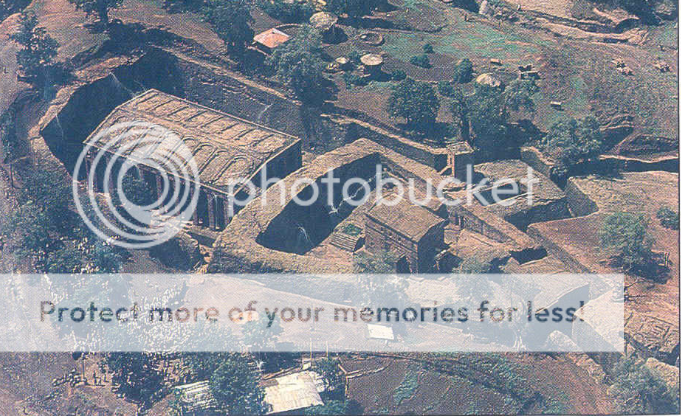
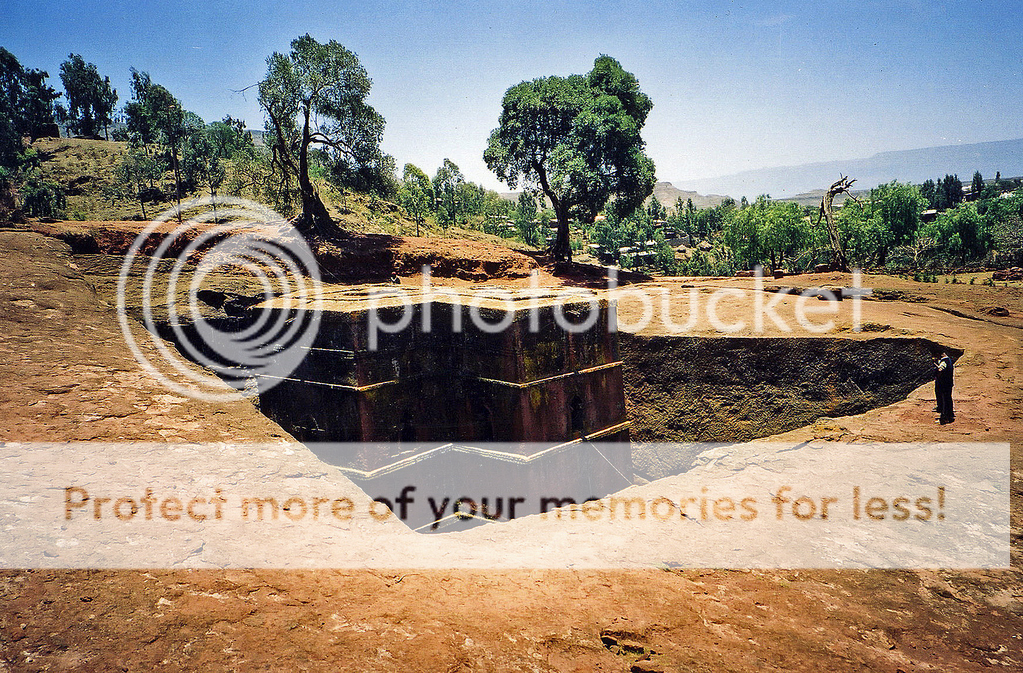
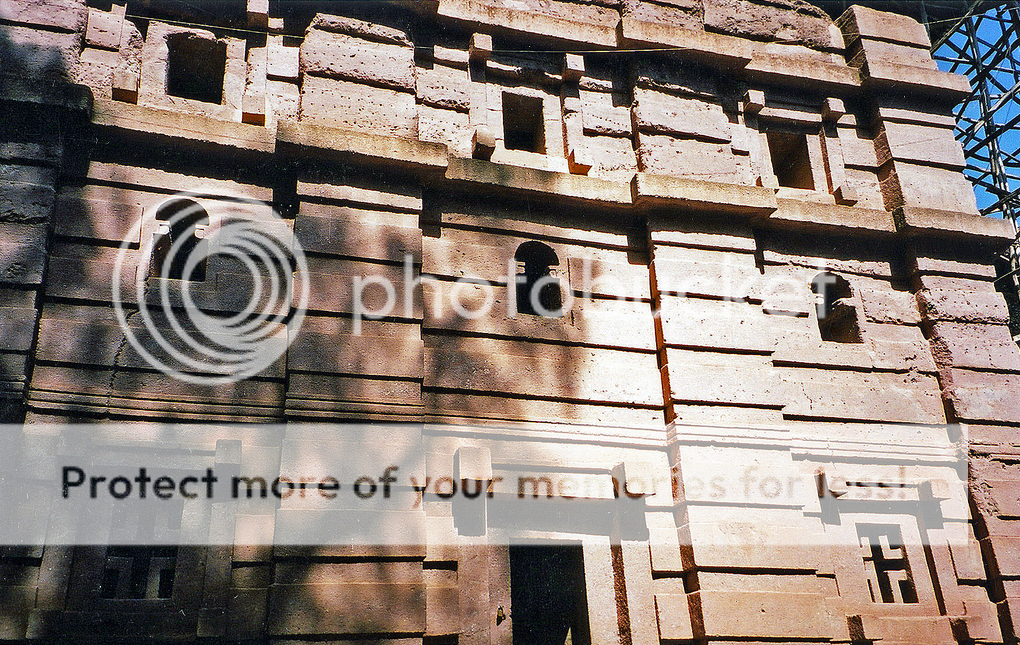
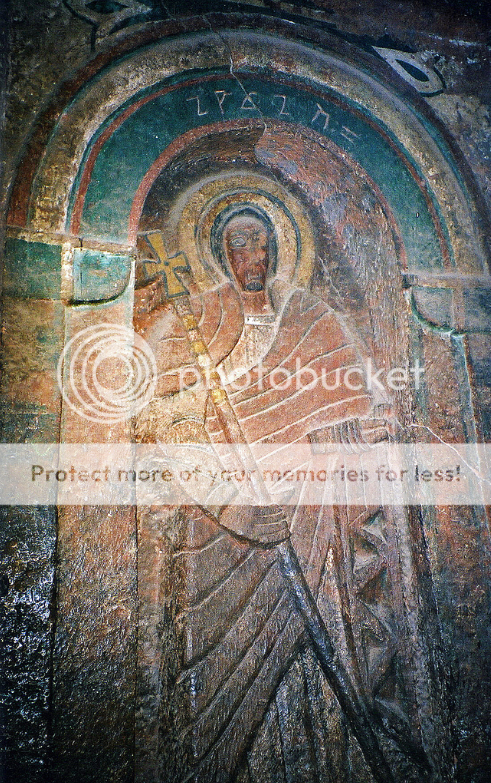




Yet another purely amazing place on our planet. My eyes caught a resemblance to pre-Columbian building styles but then again, my eyesight is crooked.
Enjoy.
reply to post by OnWhiteMars
I love these...they're so strange conceptually.
Thank you for posting this thread, I have nothing to add to a discussion, but do very much appreciate you bringing them to my attention.
I love these...they're so strange conceptually.
Thank you for posting this thread, I have nothing to add to a discussion, but do very much appreciate you bringing them to my attention.
reply to post by KilgoreTrout
Lovely indeed. Too bad it seems to be on the way to destruction due to natural forces.
Lovely indeed. Too bad it seems to be on the way to destruction due to natural forces.
reply to post by butcherguy
Thank you for the link. As I mentioned in the opening, I did notice the preceding decade old posts and thought of a little renewal.
Thank you for the link. As I mentioned in the opening, I did notice the preceding decade old posts and thought of a little renewal.
reply to post by OnWhiteMars
I saw a new one within the past year or two if my memory serves me correctly.
Just in case you are looking for more info on these marvels.
The pics that you have included are much better than previous threads that I have seen on this.
Just in case you are looking for more info on these marvels.
The pics that you have included are much better than previous threads that I have seen on this.
edit on 12-12-2012 by butcherguy because: (no reason given)
reply to post by butcherguy
Okey, that one I have missed. Thanks for pointing out. I have to dig through the archives.
Okey, that one I have missed. Thanks for pointing out. I have to dig through the archives.
reply to post by OnWhiteMars
Having skimmed through the UNESCO report, it seems they are considering covering them to protect them from the elements. I kind of have mixed feelings about that, they are not all that old, and the cost attempting to preserve them would be phenomenal. If they had a sufficient draw from tourism to fund such a venture, and to improve the lives of those who live in the area by providing employment in the churches protection, I could see the value in it. Otherwise, they have served their purpose, and the stone should be left to do what stone does. After of course ensuring that they are fully and comprehensively documented. We spend far too much money holding up monuments that have long since lost their meaning and purpose, I am not sure that adding to the already great burden of preserving something that is only a few hundred years old, has any value when living is already so hard for many.
On the other hand, they are beautiful and somewhat unique though, so it would be nice, if a compromise can be found, if they could be preserved and enjoyed by future generations.
Having skimmed through the UNESCO report, it seems they are considering covering them to protect them from the elements. I kind of have mixed feelings about that, they are not all that old, and the cost attempting to preserve them would be phenomenal. If they had a sufficient draw from tourism to fund such a venture, and to improve the lives of those who live in the area by providing employment in the churches protection, I could see the value in it. Otherwise, they have served their purpose, and the stone should be left to do what stone does. After of course ensuring that they are fully and comprehensively documented. We spend far too much money holding up monuments that have long since lost their meaning and purpose, I am not sure that adding to the already great burden of preserving something that is only a few hundred years old, has any value when living is already so hard for many.
On the other hand, they are beautiful and somewhat unique though, so it would be nice, if a compromise can be found, if they could be preserved and enjoyed by future generations.
new topics
-
Australian PM says the quiet part out loud - "free speech is a threat to democratic dicourse"...?!
New World Order: 32 minutes ago -
Ireland VS Globalists
Social Issues and Civil Unrest: 1 hours ago -
Biden "Happy To Debate Trump"
Mainstream News: 1 hours ago -
RAAF airbase in Roswell, New Mexico is on fire
Aliens and UFOs: 1 hours ago -
What is the white pill?
Philosophy and Metaphysics: 3 hours ago -
Mike Pinder The Moody Blues R.I.P.
Music: 3 hours ago -
Putin, Russia and the Great Architects of the Universe
ATS Skunk Works: 7 hours ago -
A Warning to America: 25 Ways the US is Being Destroyed
New World Order: 11 hours ago
top topics
-
President BIDEN's FBI Raided Donald Trump's Florida Home for OBAMA-NORTH KOREA Documents.
Political Conspiracies: 17 hours ago, 35 flags -
A Warning to America: 25 Ways the US is Being Destroyed
New World Order: 11 hours ago, 20 flags -
Mike Pinder The Moody Blues R.I.P.
Music: 3 hours ago, 7 flags -
What is the white pill?
Philosophy and Metaphysics: 3 hours ago, 5 flags -
Biden "Happy To Debate Trump"
Mainstream News: 1 hours ago, 5 flags -
RAAF airbase in Roswell, New Mexico is on fire
Aliens and UFOs: 1 hours ago, 4 flags -
Australian PM says the quiet part out loud - "free speech is a threat to democratic dicourse"...?!
New World Order: 32 minutes ago, 4 flags -
Putin, Russia and the Great Architects of the Universe
ATS Skunk Works: 7 hours ago, 3 flags -
Ireland VS Globalists
Social Issues and Civil Unrest: 1 hours ago, 2 flags
active topics
-
President BIDEN's FBI Raided Donald Trump's Florida Home for OBAMA-NORTH KOREA Documents.
Political Conspiracies • 32 • : network dude -
Ireland VS Globalists
Social Issues and Civil Unrest • 5 • : AllisVibration -
Massachusetts Drag Queen Leads Young Kids in Free Palestine Chant
Social Issues and Civil Unrest • 20 • : Oldcarpy2 -
Australian PM says the quiet part out loud - "free speech is a threat to democratic dicourse"...?!
New World Order • 2 • : ColeYounger2 -
Biden "Happy To Debate Trump"
Mainstream News • 23 • : NormalBates69 -
Starburst galaxy M82 - Webb Vs Hubble
Space Exploration • 10 • : LSU2018 -
Supreme Court Oral Arguments 4.25.2024 - Are PRESIDENTS IMMUNE From Later Being Prosecuted.
Above Politics • 92 • : xuenchen -
Putin, Russia and the Great Architects of the Universe
ATS Skunk Works • 24 • : Oldcarpy2 -
Gaza Terrorists Attack US Humanitarian Pier During Construction
Middle East Issues • 81 • : KrustyKrab -
-@TH3WH17ERABB17- -Q- ---TIME TO SHOW THE WORLD--- -Part- --44--
Dissecting Disinformation • 694 • : Thoughtful3
5

